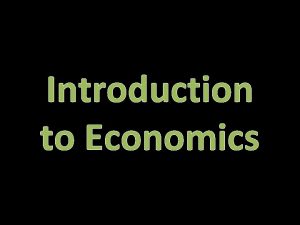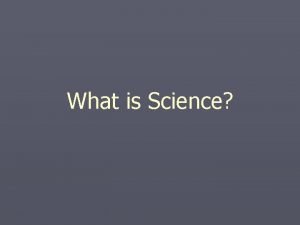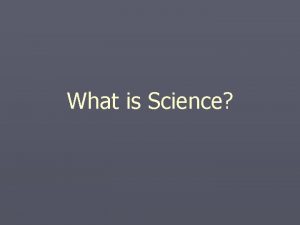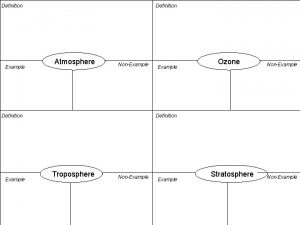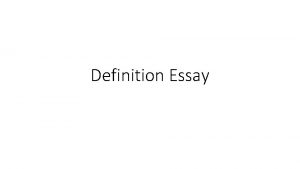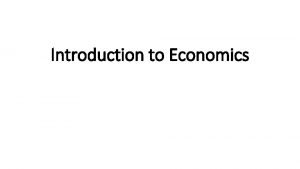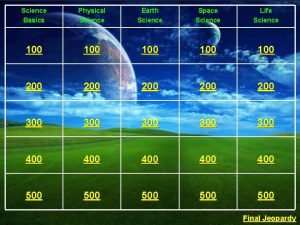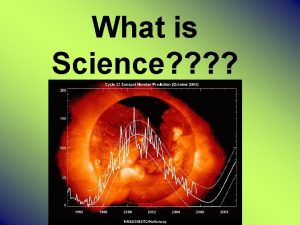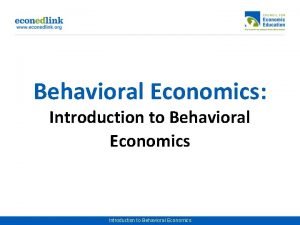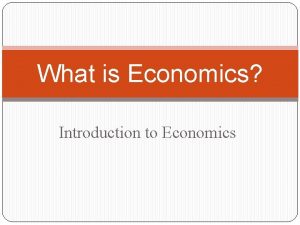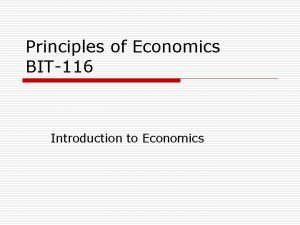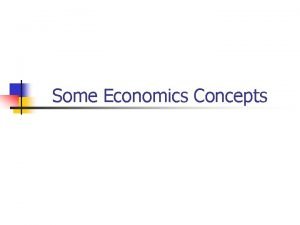Economics Definition Of Economics Economics is the science


















- Slides: 18

Economics

Definition Of Economics “Economics is the science of decision making“ • Economics is the study of how society manages its Scarce resources. • Economics is the social science that studies production, distribution, exchange and consumption of goods and services, and the private and public choices concerning the allocation of scarce means and resources.

Economy. . . • . . . The word economy comes from a Greek word for “one who manages a household. ”

PRINCIPLES OF ECONOMICS • A household an economy face many decisions: • Who will work? • What goods and how many of them should be produced? • What resources should be used in production? • At what price should the goods be sold?

PRINCIPLES OF ECONOMICS Society and Scarce Resources: • The management of society’s resources is important because resources are Scarce. • Scarcity. . . means that society has limited resources and therefore cannot produce all the goods and services people wish to have.

The Main Division Of Economics • Microeconomics is the study of how individual households and firms make decisions and how they interact with one another in markets. • Macroeconomics is the study of the economy as a whole. • Its goal is to explain the economic changes that affect many households, firms, and markets at once.

Fundamental Economic Problems • Every Economic society – whether it is an advanced industrial nations , a certainly planned economy, or an isolated tribal nation – must confront and resolve three Fundamental Economic Problems. • 1. What Commodities are Produced and in what amount ? • 2. How are goods Produced ? • 3. For whom are goods produced ?

The Production Possibilities Frontier • Now we want to produce something (Goods) with available factors of production. • Factors of Production • Land, • Labor, • Capital and • Technology.

The Production Possibilities Frontier • The production possibilities frontier is a graph that shows the combinations of output that the economy can possibly produce given the available factors of production and the available production technology.

Figure : The Production Possibilities Frontier Quantity of Food Produced Infeasible point 3, 000 D C Efficient point A Efficient point 2, 200 2, 000 Production possibilities frontier Inefficient point B 1, 000 0 300 600 700 1, 000 Quantity of Cloth Produced

The Production Possibilities Frontier • Infeasible point: A Points where goods can’t produce with the available resources. Beyond production limit. • Inefficient Point: A points where all resources are not utilize. Below production limit. • Efficient Point: The points where all resources are fully utilized. And production are in full limit.

The Production Possibilities Frontier • Concepts Illustrated by the Production Possibilities Frontier • Efficiency • Tradeoffs • Opportunity Cost • Economic Growth

The Production Possibilities Frontier Figure : A Shift in the Production Possibilities Frontier Quantity of Food Produced 4, 000 3, 000 2, 100 2, 000 0 E A 700 750 1, 000 Quantity of Cloth Produced

The Production Possibilities Frontier Figure 3 A Shift in the Production Possibilities Frontier Quantity of Food Produced 4, 000 3, 000 E 2, 400 2, 000 0 A 700 800 1, 000 Quantity of Cloth Produced

Opportunity Cost • The cost of forgone alternative. Or • The Cost of second best.

Figure : The Production Possibilities Frontier Quantity of Food Produced 3, 000 C 2, 200 Decrease 200 unit of food Increase 100 unit A of Cloth 2, 000 Production possibilities frontier 0 600 700 1, 000 Quantity of Cloth Produced

Opportunity Cost • Here the opportunity cost of 100 units of cloth is 200 units of food.

Reference • Principles Of Economics • By Gregory Mankiw • Economics • By Paul A Samuelson and William D. Nordhaus • Macroeconomics • By M. A Taslim
 My favourite subject is pe
My favourite subject is pe Hát kết hợp bộ gõ cơ thể
Hát kết hợp bộ gõ cơ thể Frameset trong html5
Frameset trong html5 Bổ thể
Bổ thể Tỉ lệ cơ thể trẻ em
Tỉ lệ cơ thể trẻ em Gấu đi như thế nào
Gấu đi như thế nào Chụp phim tư thế worms-breton
Chụp phim tư thế worms-breton Chúa sống lại
Chúa sống lại Môn thể thao bắt đầu bằng từ chạy
Môn thể thao bắt đầu bằng từ chạy Thế nào là hệ số cao nhất
Thế nào là hệ số cao nhất Các châu lục và đại dương trên thế giới
Các châu lục và đại dương trên thế giới Công thức tiính động năng
Công thức tiính động năng Trời xanh đây là của chúng ta thể thơ
Trời xanh đây là của chúng ta thể thơ Mật thư anh em như thể tay chân
Mật thư anh em như thể tay chân Phép trừ bù
Phép trừ bù độ dài liên kết
độ dài liên kết Các châu lục và đại dương trên thế giới
Các châu lục và đại dương trên thế giới Thể thơ truyền thống
Thể thơ truyền thống Quá trình desamine hóa có thể tạo ra
Quá trình desamine hóa có thể tạo ra



















